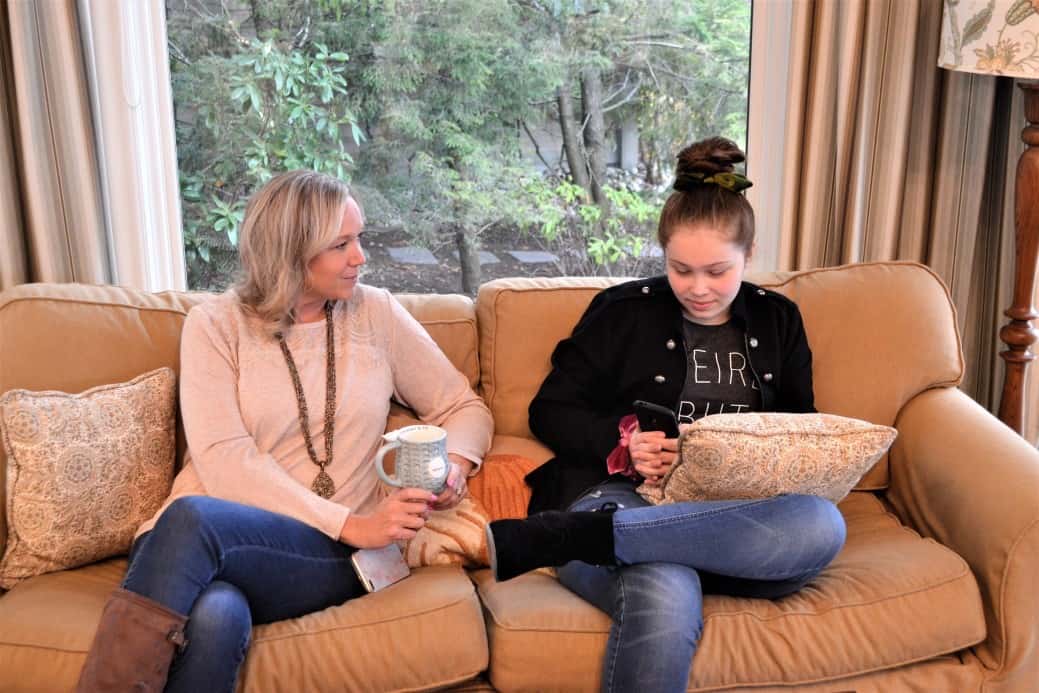If you surveyed the average high school senior right now and asked them how many college credits they’ve earned already, you’d be hard-pressed to find someone who answers “zero.” As a matter of fact, you’d probably be quite surprised to hear many students brag about having 12, 18, even 30 college credit hours already under their belt — all of which were earned while still in high school.
What’s becoming even more common is the fact some students are literally graduating high school with an A.A. (Associate of Arts) degree — meaning they have two years of college completed before even being admitted to a four-year university.
But is this really a good thing?
Is it smart to bank college credit while in high school? Or does it limit a student’s time living and enjoying the college experience? Does it force 18 year olds to instantly become college juniors, which has them declaring majors and making career decisions before they’re ready?

The positives of dual enrollment credit
Close affordability gap
One of the biggest advantages of offering high school students the opportunity to dual enroll (take community college-level classes during high school) is the fact that it closes the college affordability gap. Most public school districts who have partnered with their local community college to offer dual enrollment (DE) classes are also covering the cost of these classes, including all fees and books.
Many students who would otherwise not be able to afford college classes of any type, can in many districts complete their first two years of college tuition-free thanks to DE opportunities. And in a growing number of states, those two year degrees are 100% transferable to that state’s public universities. This can potentially save students thousands of dollars, and help keep them out of student loan debt.
Head start on the college experience
Students who dual enroll in community college classes are also more likely to continue on with their college education compared with those who don’t. According to a Columbia University study, 88 percent of dual enrollment students continued onto college after high school, and most earned a degree. Getting even a small head start during high school can have a huge impact on a student’s future educational choices.
Montana has one of the fastest-growing dual enrollment environments in the country right now, the positive effects of which educators are eager to gloat about. Amy Williams, dual enrollment manager for the commissioner of higher education for the state of Montana, states that dual enrolled students do better than their peers when it comes to staying in college after the first year — 80 percent, compared to 68 percent for those who didn’t take dual-credit classes.
And interestingly, they also have better grades as college freshmen — 3.1 GPA compared to 2.8 GPA. More importantly low-income students, eligible for federal Pell grants, also do better if they take dual enrollment classes in high school, showing higher retention rates, GPAs, and earning more credits.
The negatives to earning dual enrollment credit
Putting those benefits aside, are there any negatives for teenagers who land on college campuses already one (or many) steps ahead of their peers? There are indeed several.
Fewer hours on certain core academic subjects
First, many dual enrollment classes are developed to not only give the student college credit hours, but also to satisfy a high school core credit. For example, a student needs four years of high school English to graduate, but as a senior, is allowed to dual enroll in a college freshman English class. This way, they’re both satisfying a high school English credit, and their college freshman English requirement.
But how does having one less actual year of English benefit them? It doesn’t, because there is no way an instructor is able to cover what a senior high school English class should cover, and college freshman English — all in the same class, in the same year. Same goes for a dual enrollment math or science class. Yes, you’re getting some of those early general education classes out of the way, but you’re actually receiving less education because of it.
Limited selection of classes
Secondly, most dual enrollment classes offered to high school students are general education courses, which is a very limited catalog of options. This means some students will only take what is offered (not what is potentially available on a college campus, or what actually interests them) simply just to “get” the credit.
Access to a larger volume and variety of classes like those found at a four year university is not there, thus students are prematurely boxed into a certain trajectory of study, all before they really have any idea of what they want to study.
This can also hinder students from taking the correct prerequisite courses their major may require. For example, while it’s great a student has knocked out a few first and second-year science courses, nursing majors may require a more specific or higher level science course track, which that student will now have to take again (or in addition to) the science courses they already took in DE.
In much the same way, a student arriving on campus as a junior already based on their DE credit hours, is now forced to enter into their major field of study and begin coursework. There is very little chance that during high school they ever had any real, quality discussions with college advisors or career center professionals and counselors, so how are they supposed to be prepared at the tender age of 18 to make a possible lifetime decision?
Lose out on the developmental benefits of college
And finally, one has to consider not just the outcomes of college (finishing with enough credit hours to receive a degree) but the process of college: all the social and emotional developmental milestones that occur during those four years on a campus, that cannot be partially or wholly replicated in a high school classroom.
What are students really missing out on, and how does a shortened college experience shape their whole college experience?
For parents of high school students, who are trying to get a head start on college, these issues and consequences should be considered, and discussed at length with both a high school guidance counselor, and if at all possible, an advisor from the four-year university that the student intends to gain admission to. The latter will help your student decide what, if any, DE and AP classes they should attempt to complete while in high school.
Bottom line may very well be advice as simple as, “Don’t be in such a hurry to grow up.”
You Might Also Want to Read:
The open letter to teens that we moms (and dads) can relate to Moms of Teens, Here’s the Letter You’ve Been Starving For
Everything parents need to know about Advanced Placement classes is here AP Courses: What Parents Need to Know









